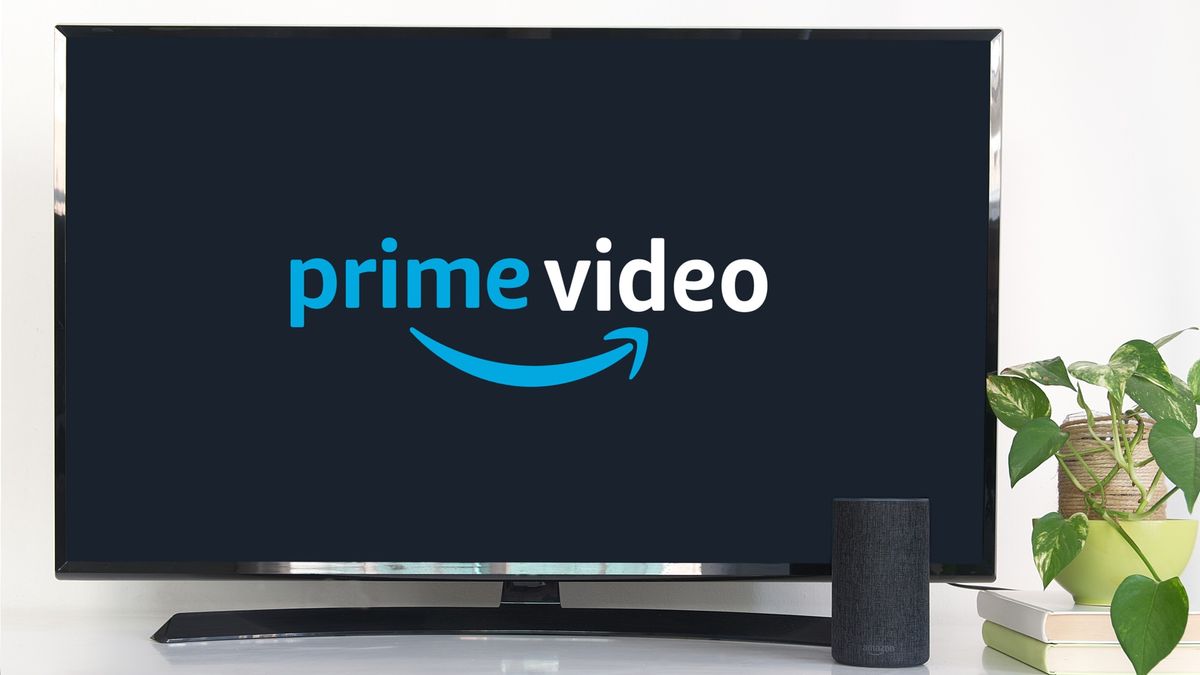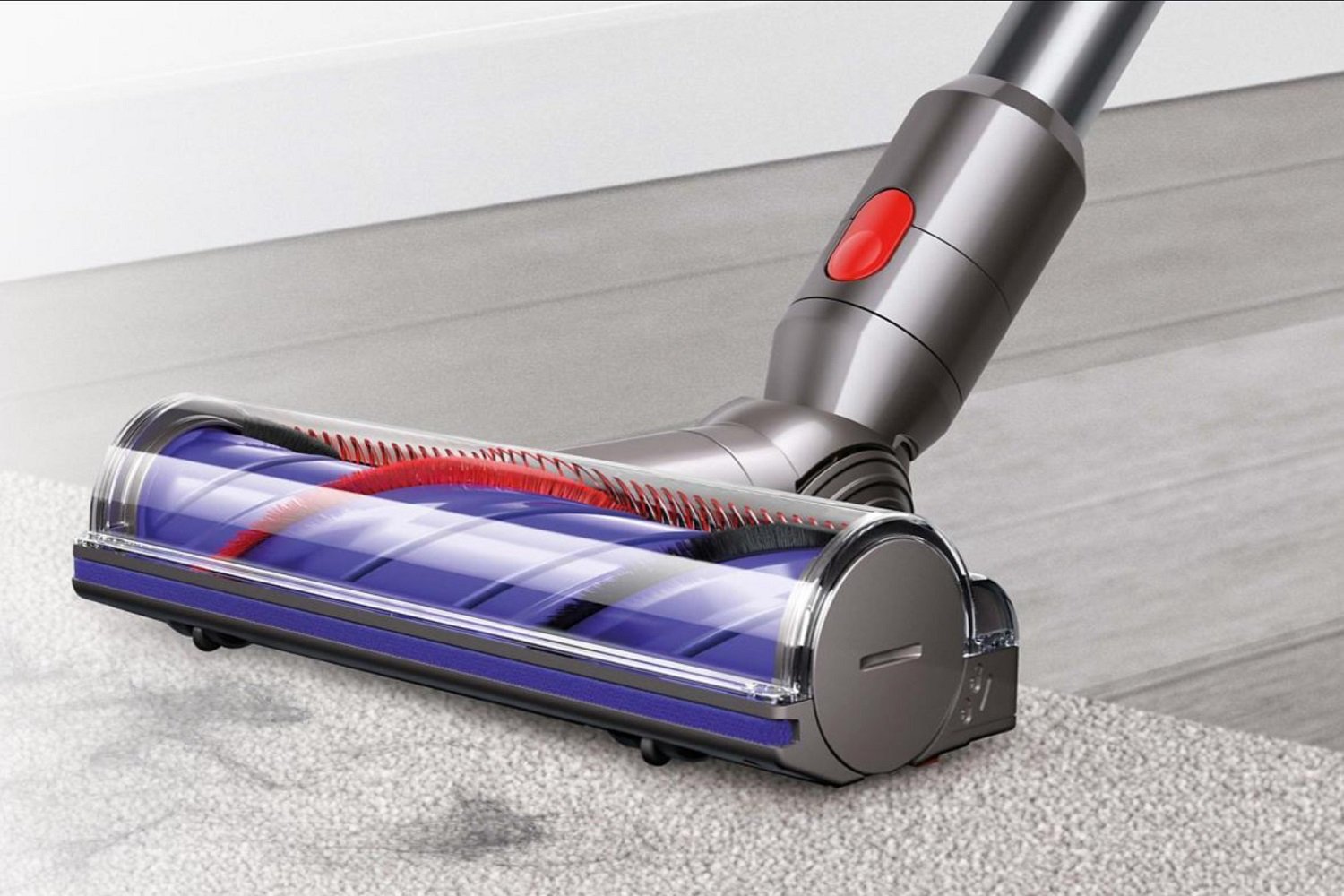The GoPro Hero ($199.99) is an affordable, compact, and tough action camera that makes it simple to capture pleasing 4K footage. However, it lacks several features from the company’s higher-end models, such as in-body stabilization and the ability to narrow the view of its very wide-angle lens. We’re also not fans of how GoPro locks useful abilities behind a subscription. The Hero is fine for adventures in which you need a compact camera for on-body mounting, but we recommend you seek out discounted older models, such as the DJI Osmo Action 4 and the GoPro Hero11 Black, if you need something more versatile for content creation. If your budget is flexible, it’s worth stepping up to the $349 DJI Osmo Action 5 Pro, which is significantly more capable and our Editors’ Choice winner for action cams.
Design: Small, Light, and Waterproof
The Hero is impressively tiny, coming in at just 1.9 by 2.2 by 1.2 inches (HWD) and 3.0 ounces. It’s smaller and lighter than the Hero13 Black (2.0 by 2.8 by 1.3 inches, 5.6 ounces), which I count as a positive if you plan to mount the camera on a helmet or chest harness. But given how slight action cameras are in general, the Hero’s smaller frame won’t make a notable difference in most cases.
The Hero (left) is smaller than the Hero13 Black (right) (Credit: Jim Fisher)
GoPro cameras are made to take some abuse and rough handling, and the Hero is no different. Its metal frame means it can survive drops, while a waterproof rating of up to 16 feet without a housing makes it appropriate for poolside activities and snorkeling, though other action cameras can go deeper. The Hero5 Black and newer models in that lineup can all survive to 33 feet, the Osmo Action 5 Pro is good to 65.6 feet, and the Insta360 Ace Pro 2 is fine up to 39 feet. GoPro doesn’t offer a dive case for the Hero, so you’re stuck at 16 feet. Cases for Hero Black, DJI Osmo, and Insta360 Ace cameras enable them to operate at depths of up to 197 feet.
(Credit: Jim Fisher)
The Hero includes a single set of mounting clips to connect to standard GoPro mounts; you get the same with the older Hero10 and Hero11 Black models. Some newer cameras (including the Hero13 Black and DJI Osmo Action 4 and 5 Pro) use magnetic mount attachments instead. These are a major benefit for creators who want to quickly move the camera from one mount to another, but then you must also invest in multiple magnet mounts. It’s not surprising that GoPro thought a magnetic mount would be an unnecessary and expensive complication for the Hero.
Power: Roll Long Clips Without Overheating
The camera’s metal exterior has a built-in heat sink on the front and a touch screen on the rear. This is a departure from GoPro’s most recent tiny action camera effort, the Hero11 Black Mini (2.0 by 2.1 by 1.5 inches, 4.7 ounces). The Mini suffers from overheating issues during long-form recordings and doesn’t have any screens, which limits its ease of use. The Hero addresses these shortfalls head-on.
(Credit: Jim Fisher)
The Hero does a good job of dealing with heat. In my battery rundown and overheating test, the Hero recorded for 100 minutes in 4K30 before it ran out of juice. It didn’t encounter any heat issues during that period. The internal battery charges via USB-C, which means you can top it off with a power bank if you’re on the go. However, creators who want to record for longer during a day should budget more for an action cam with swappable batteries, such as any of the current Hero Black models and the DJI Osmo Action 5 Pro.
(Credit: Jim Fisher)
The Hero initially shipped with an unfortunate bug that caused the battery to drain quickly when the camera was off. You might see some customer reviews complaining about the problem, which was a real downer prior to a fix. Firmware version 1.20, which GoPro released on November 6, 2024, resolves the issue. If you have this camera or plan to buy one, make sure to update it to the latest software. The only caveat is that you might have to install the update manually via a memory card rather than automatically through the Quik app. Prior to the fix, my review unit was losing charge entirely after a few days of non-use. Afterward, the battery level dropped by only 5% after three days off the charger and powered off.
Interface: Touch Display, Phone App, and Voice Commands
The main interface is a 1.8-inch touch screen. That’s pretty small for a camera but adequate for the Hero’s fully automatic operation and basic interface. I can comfortably swipe between recording, playback, and menu screens. Icons for changing settings are large enough to tap, too.
(Credit: Jim Fisher)
You can also control and command the camera via your smartphone. Just download GoPro’s Quik app and pair your camera. Basic voice commands like “start recording” work as well.
A pair of physical buttons, Mode/Power on the left side and Record/Photo on the top, are easy enough to find by touch in case you mount the camera in such a way that you can’t see the screen. The Hero emits a loud beep when it starts up, starts recording, or stops recording as an audible cue, though you can turn this off if you’re working in a quiet environment.
(Credit: Jim Fisher)
The Hero doesn’t have internal memory, so you need to provide a microSD card with at least a V30/U3 speed rating for storage. A 64 GB card can hold roughly 128 minutes of 4K30 recording time. GoPro doesn’t yet offer any cameras with internal storage, but DJI outfits the Osmo Action 5 Pro with a healthy 48GB.
Connectivity: Not as Simple as It Should Be
The Hero works without a paid plan, but it does more if you opt to add a GoPro Premium ($24.99 the first year, $49.99 each year after) or Premium+ ($99.99 annually) subscription.
The Premium plan makes the most sense for Hero customers and is a decent value. This tier provides unlimited storage space for any video or stills you make with a GoPro, along with 25GB more for videos you shoot with your phone or another dedicated camera. Subscribers also get discounts on GoPro cameras ($100 off once per year), live streaming support, and savings on both accessories and camera replacements.
(Credit: Jim Fisher)
A subscription enables another very useful feature: automatic uploads from the camera to cloud storage. Once it’s set up, you simply need to enter your home and plug the Hero into power. You can optionally set the camera to clear your memory card afterward if you prefer. I’ll admit, I prefer clearing the card manually simply out of caution. I’ve never had a GoPro fail to upload a clip, but I’d rather be safe than sorry.
GoPro applies digital stabilization to uploaded videos on the server side rather than in the camera. Its online service also algorithmically edits together a highlight reel of key moments from a day’s recordings, complete with music and transitions. The quality of these clips really depends on your footage; the more variety you give it, the better the results will be. Just understand that the auto edits don’t include in-camera audio. You still need to cut your footage by yourself if you want to use the camera for clips with dialogue or narration.
If you don’t opt into the subscription, getting stabilized footage requires some extra steps. You can still use the Quik mobile app, but you will need to copy videos over to your smartphone first (and make sure you have enough space).
Desktop editors don’t have it as easy. You can still stabilize video in the desktop version of the Quik app for the time being on a Mac, but GoPro is sunsetting the software at the end of the year. That leaves the GoPro Player (available for macOS and Windows) as the sole desktop app that can stabilize clips from the Hero. However, its Hypersmooth+ feature requires the higher-end Premium+ subscription, so you might as well just use the cloud upload option (via the Premium plan) to get steady footage. A representative from GoPro tells us that it’s actively developing a free desktop app to smooth out the Hero footage, but it’s not available yet.
Put all this together, and you’ve got a messy situation. The Hero might tempt you with its wallet-friendly price, but you won’t enjoy as smooth a workflow without paying extra for a GoPro Premium subscription. The Quik app option is free and easy on mobile, but you have to jump through several hoops to get stable footage if you prefer desktop video editing apps, such as Final Cut Pro or Premiere Pro. It’s a shame that GoPro didn’t manage to work built-in stabilization into a camera at this price, especially considering that the slightly more expensive Hero11 Black and DJI Osmo Action 4 have this feature.
Video: Ultra-Wide 4K30 With Heavy Distortion
The Hero’s video quality isn’t anything to write home about, but it’s not anywhere near bad, either. Not having in-camera stabilization is a bummer, but the Quik app stabilizes clips just as effectively as the hardware systems of recent Hero Black series cameras. The color profile is pleasing, too. Scenes appear natural and clear while avoiding the shimmering, oversharpened look I often see with budget video cameras. Expert editors will likely miss the color correction options you get with the 10-bit Log footage from the Hero13 Black and DJI Osmo Action 5 Pro, but the Hero isn’t meant for them.
The lack of an HDR recording mode is a downer if you plan to watch your videos on a display with a wide dynamic range and 10-bit color. Auto exposure does a good job of keeping highlights from clipping away into nothing, though that makes for dark, crunched shadows in scenes with mixed light. The Hero also suffers in dim light. It uses a tiny Type 1/2.8 sensor and f/2.3 lens, so it doesn’t measure up to even smartphone cameras in low light. I noticed some grainy noise when I recorded outdoors in a shaded, wooded area and indoors in a room with soft natural light. A clip I recorded in a dim stairwell looks dark with loads of noise. This camera works best for sunny day adventures.
Recording options are pretty slim. The camera records at the traditional NTSC video frame rate of 30fps in 4K or 1080p, as well as has a 25fps option available for PAL. It also has a Slow-Mo mode that swaps over to 2.7K60 or 2.7K50 for a half-speed effect. Hero Black cameras offer better versatility here. The older Hero11 Black, for instance, provides more resolution and frame rate options (5.3K60, 4K120, and 2.7K240); it can even ramp down to 24fps for cinema projects. GoPro sacrifices some flexibility in favor of simplicity here, as the camera also omits time-lapse recording. It snaps 12MP still photos with a 4:3 aspect ratio, and you can pull out 8MP 16:9 frames from 4K clips.
(Credit: Jim Fisher)
The Hero’s lens is less flexible than that of GoPro Black models and the Osmo Action 5 Pro. It has just one angle of view: a 15mm-equivalent ultra-wide perspective with heavy, noticeable barrel distortion. This fish-eye look is common among very old action cameras but is jarring to see in a 2024 release. The lens is simply way too wide for many scenes. You might love the ultra-wide look if you put the Hero on a bike’s handlebars to get a view of the rider and surroundings, but you will likely want to zoom in on many other scenes.
The in-camera mic is on par with competitors. It picks up voices clearly but also grabs a lot of ambient sounds and wind noise. Of course, you might not care about what the mic picks up if you’re recording action shots; after all, you are likely to add a music track to sports and adventure videos. But vloggers should take note and understand that there’s no way to use an external mic with the camera.
Verdict: This Hero Cuts a Few Too Many Corners
The GoPro Hero records pretty good 4K footage, doesn’t overheat, and is as tough as you would expect from the company that invented action cameras. But it makes a number of compromises to achieve its low price: its view is somewhat limiting, it’s not always simple to stabilize your recordings, and you have to pay a subscription fee to automatically upload your clips and get video highlight reels. If you want a more capable action camera that’s still in impulse-buy territory, look for discounts on older models, such as the DJI Osmo Action 4, the GoPro Hero10 Black, and the Hero11 Black. Ultimately, we recommend you save up more to get our Editors’ Choice winner, the DJI Osmo Action 5 Pro, which offers excellent low-light video quality and class-leading battery life.
Pros
View
More
Cons
View
More
The Bottom Line
GoPro’s easy-to-use Hero action camera is cheaper and smaller than its mainline offerings but it isn’t nearly as versatile a creative tool.
Like What You’re Reading?
This newsletter may contain advertising, deals, or affiliate links. Subscribing to a newsletter indicates your consent to our Terms of Use and Privacy Policy. You may unsubscribe from the newsletters at any time.

About Jim Fisher
Lead Analyst, Cameras



















